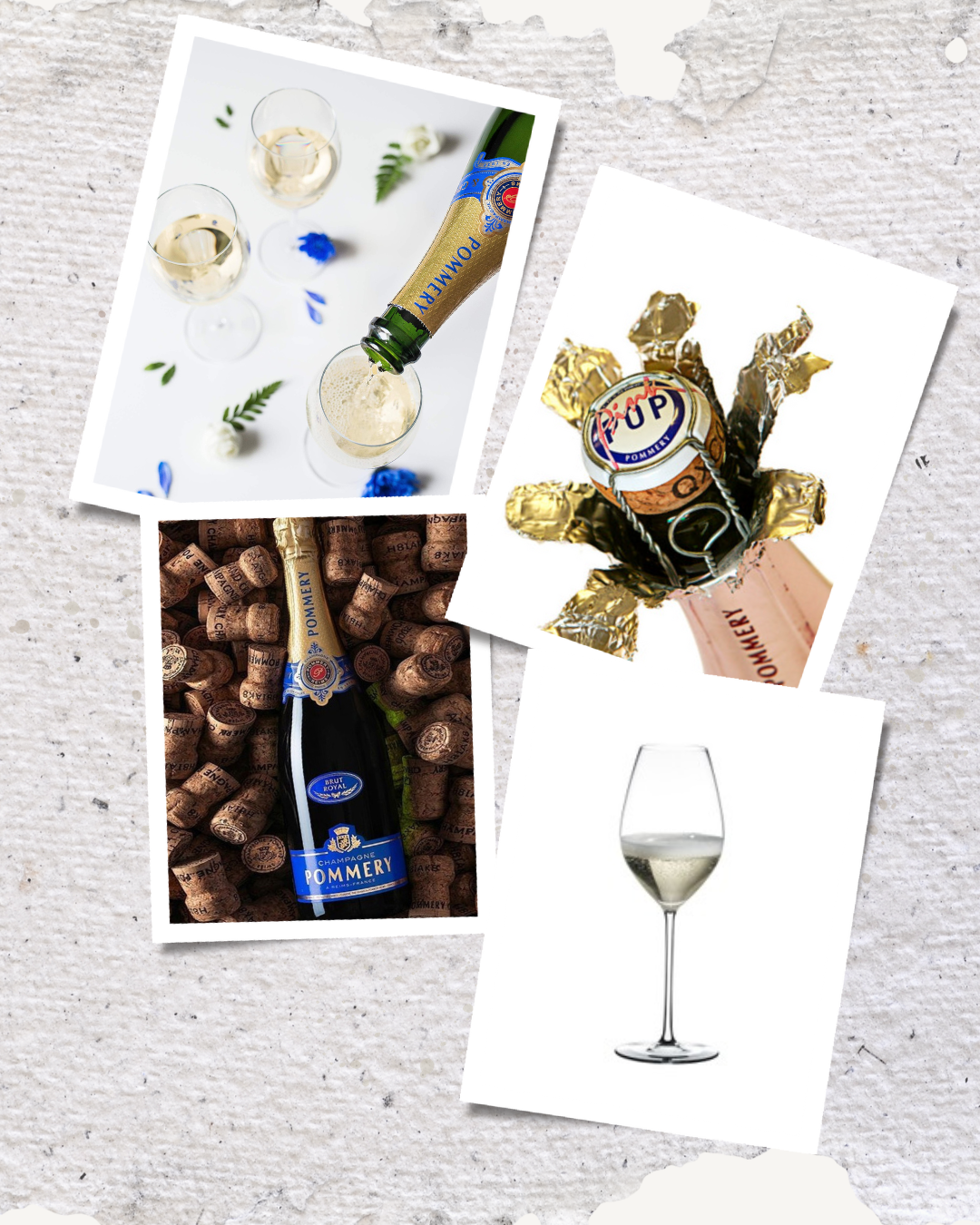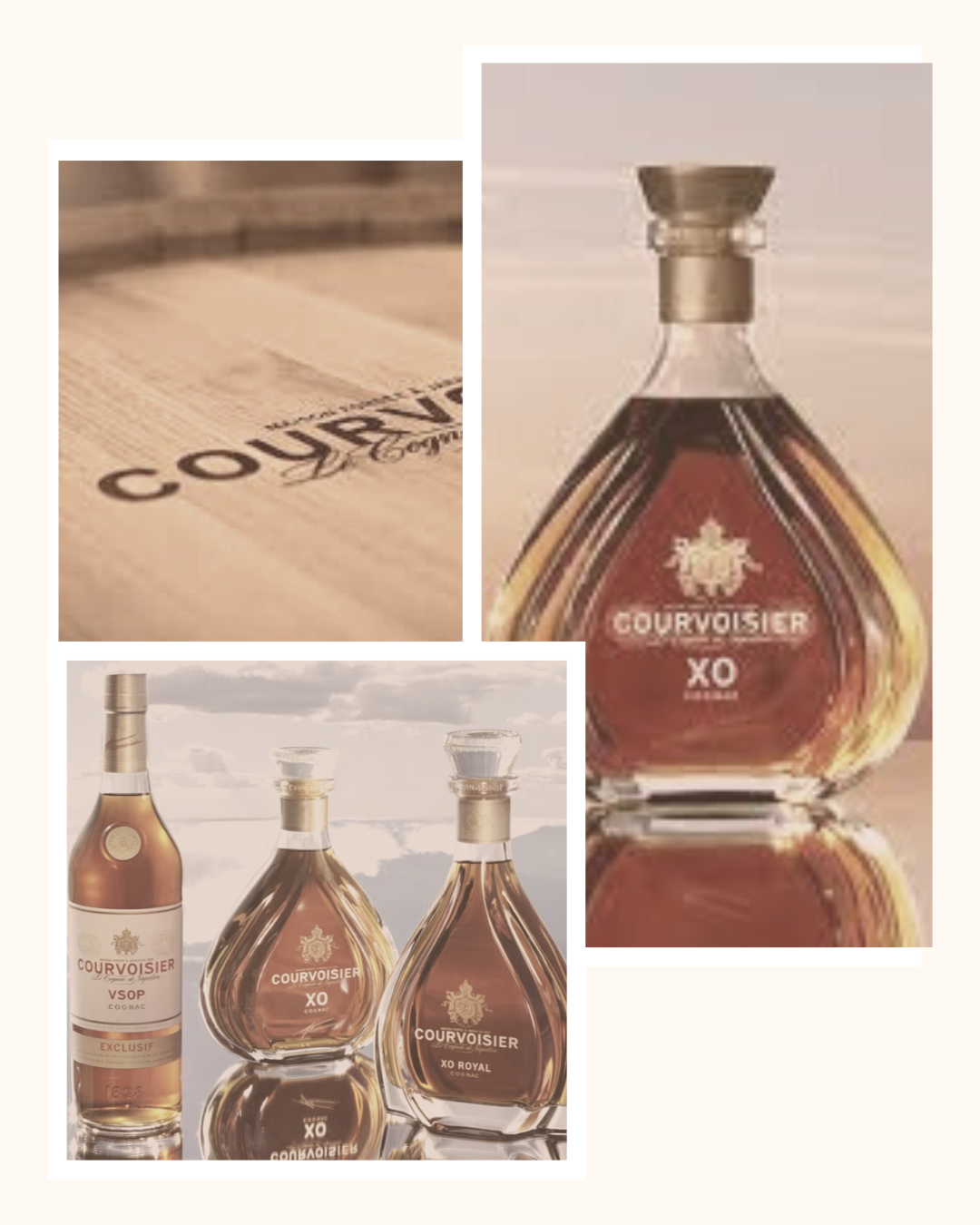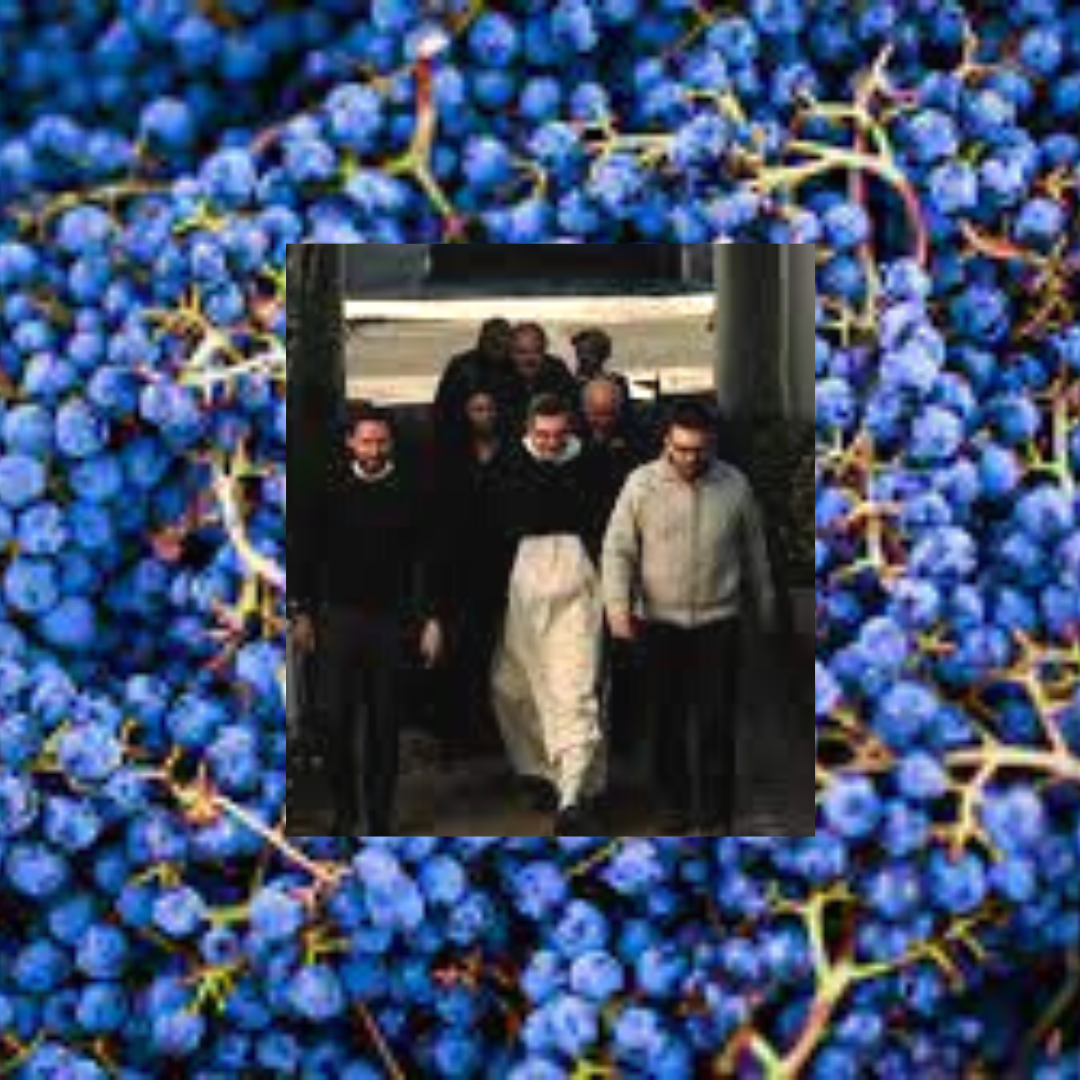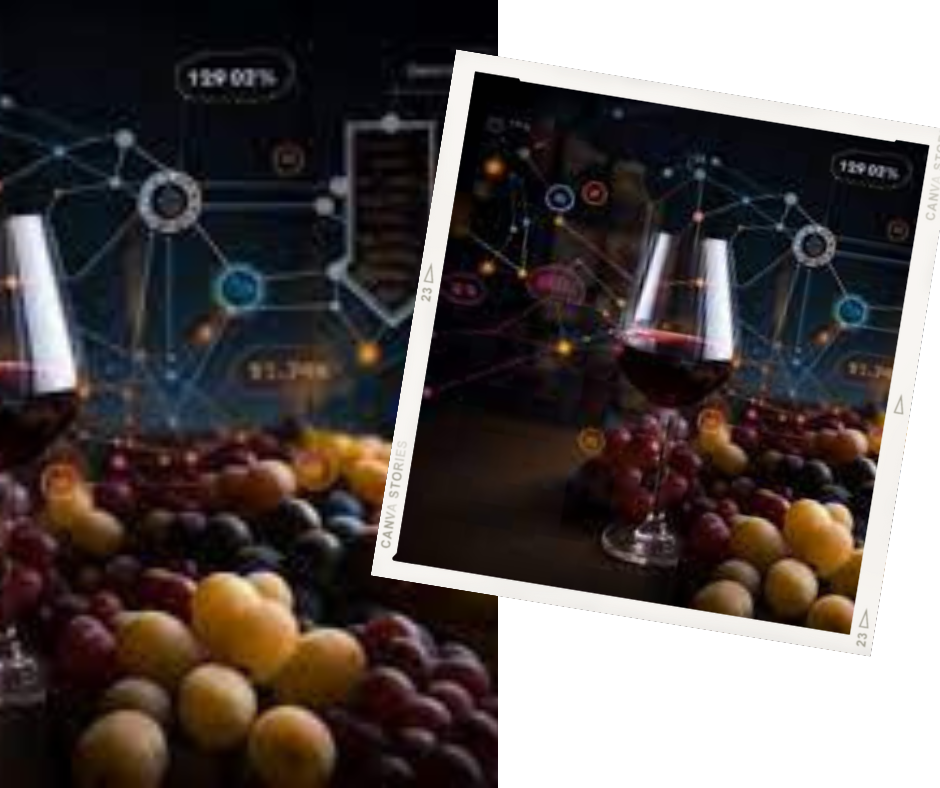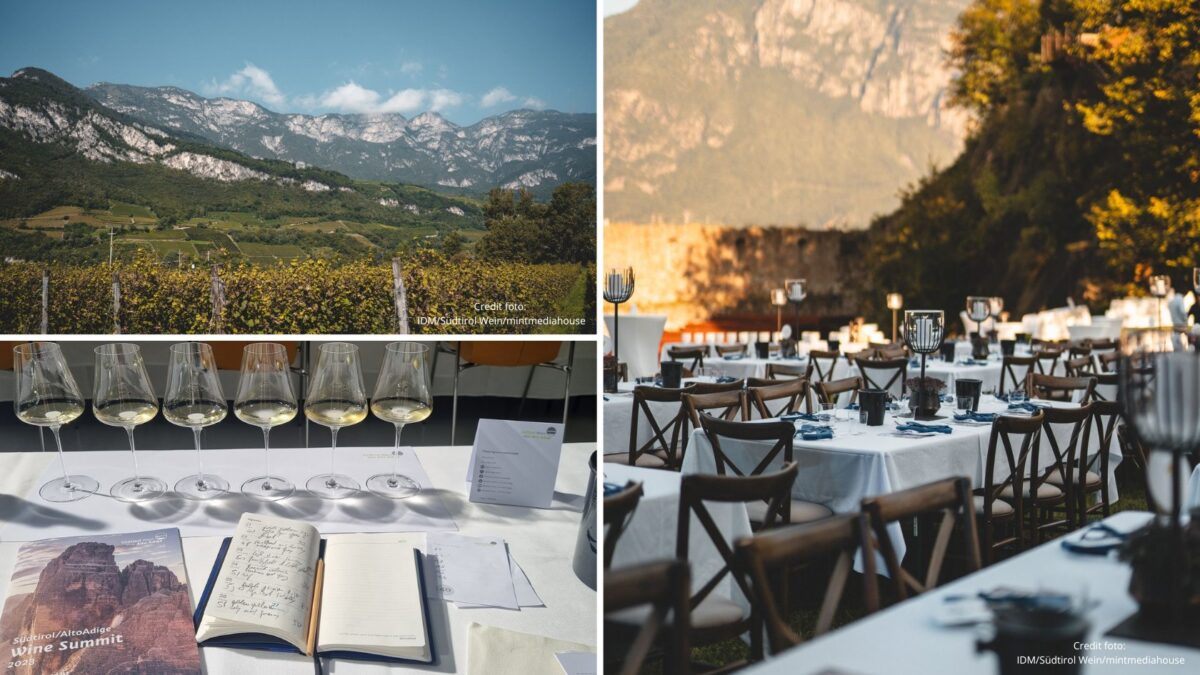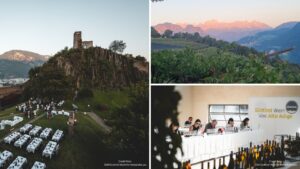New Year’s Eve is the time to celebrate all your successes and everything you’ve accomplished in 2023. It’s also a time to look forward to the new year, and new beginnings!
Countless bottles of Champagne will be opened on New Year’s Eve to toast and ring in 2024. Here are some essential tips:
1. Choosing Stemware
In choosing stemware, the standard flute constricts the wine’s aromas and flavors. So, to enjoy Champagne to its fullest, use a standard white wine glass. Champagnes that have a high percentage of Pinot Noir, including Rosés use a larger glass, such as a Pinot stem, as this will allow more of the nuances in the wine to come through.
Make sure the glasses are clean and polished to get the purest bubbles, with no soap.
2. Temperature
The ideal temperature for serving is around 46°-50°F or 8°C – 10°C.
The best way to chill Champagne is to place the bottle in a bucket with ice and water for around 30 minutes, or in a refrigerator for a few hours.
3. Removing the Foil and Cage
Remove the foil wrapper, and gently untwist the wire cage off the cork, holding the bottle upright. Use your thumb to keep the cork from releasing unexpectedly.
4. Opening
Firmly grip the cork with one hand and gently twist six times, counter clock wise, the bottle from its base with the other hand, while keeping it at an angle and pointed away. The cork should emerge softly, with a whisper, not a bang.
5. Pouring + Serving
Hold the glass at an angle and pour a small amount of Champagne into the glass. Let the foam subside, then pour a little bit more. This will help preserve the bubbles. Champagne warms quickly, so I would recommend a one-third pour.

